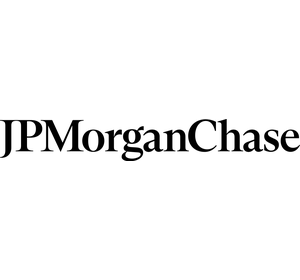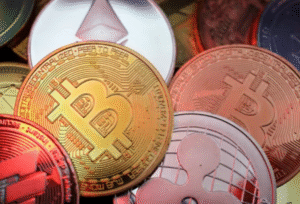$LINK $ETH #DeFi #TradFi #Blockchain #CryptoNews #JPMorgan #Chainlink #Finance #Investing #Fintech #DigitalAssets
Will DeFi and TradFi Merge Sooner? Here’s What It Could Mean for Your Investments!
In the evolving landscape of financial technologies, the line between decentralized finance (DeFi) and traditional finance (TradFi) is blurring more rapidly than many anticipated. According to JPMorgan’s blockchain lead, the integration of these two spheres is not just a possibility but is currently accelerating. This shift is highlighted by the bank’s recent pilot projects with Chainlink and Base, which showcase traditional financial institutions making significant moves onto the blockchain.
The Acceleration of DeFi and TradFi Convergence
As we delve deeper into the mechanics of this convergence, it’s essential to understand what DeFi and TradFi merging means. Traditionally, financial exchanges and deals are conducted through institutions like banks, which act as intermediaries. DeFi, on the other hand, utilizes technologies on the blockchain to conduct these operations without intermediaries, using smart contracts and decentralized applications.
The pilot by JPMorgan suggests a growing confidence in DeFi’s capabilities and its potential to enhance the efficiency and accessibility of financial services. By integrating DeFi frameworks, traditional banks like JPMorgan are exploring how blockchain technology can reduce costs, speed up transactions, and provide a more transparent system.
Implications for Investors and the Market
For investors, the convergence of DeFi and TradFi could herald a new era of investment opportunities and financial products. The blend of traditional financial safety and the innovative, efficient mechanisms of DeFi might attract more institutional investors into the crypto space, potentially stabilizing and growing the market.
Furthermore, as more traditional institutions adopt blockchain technologies, we could see a significant reduction in the volatility associated with cryptocurrencies and blockchain projects. This would not only attract more investors but could also lead to more regulated and stable crypto investment products.
Challenges and Considerations
However, this transition is not without its challenges. Regulatory and security issues are at the forefront of concerns as these two fundamentally different systems begin to intertwine. The integration of traditional financial processes with blockchain technology demands robust regulatory frameworks to manage risks and ensure the security of investor’s funds.
Moreover, there’s the issue of scalability and interoperability between different blockchain systems and traditional financial databases. Ensuring these systems can work together efficiently is crucial for the seamless operation of merged financial platforms.
Looking Ahead
As we look towards a future where DeFi and TradFi might be indistinguishable, understanding the nuances of this convergence is crucial. For current updates and in-depth analysis on this topic, you can explore more on crypto developments. Moreover, for those looking to engage directly with DeFi platforms, consider exploring opportunities on platforms like Binance.
In conclusion, the potential merger of DeFi and TradFi is poised to reshape the financial landscape. This could lead to more sophisticated, efficient, and inclusive financial services, ultimately benefiting a broad spectrum of investors. As this space continues to evolve, staying informed and adaptive will be key to navigating the future of finance.











Comments are closed.